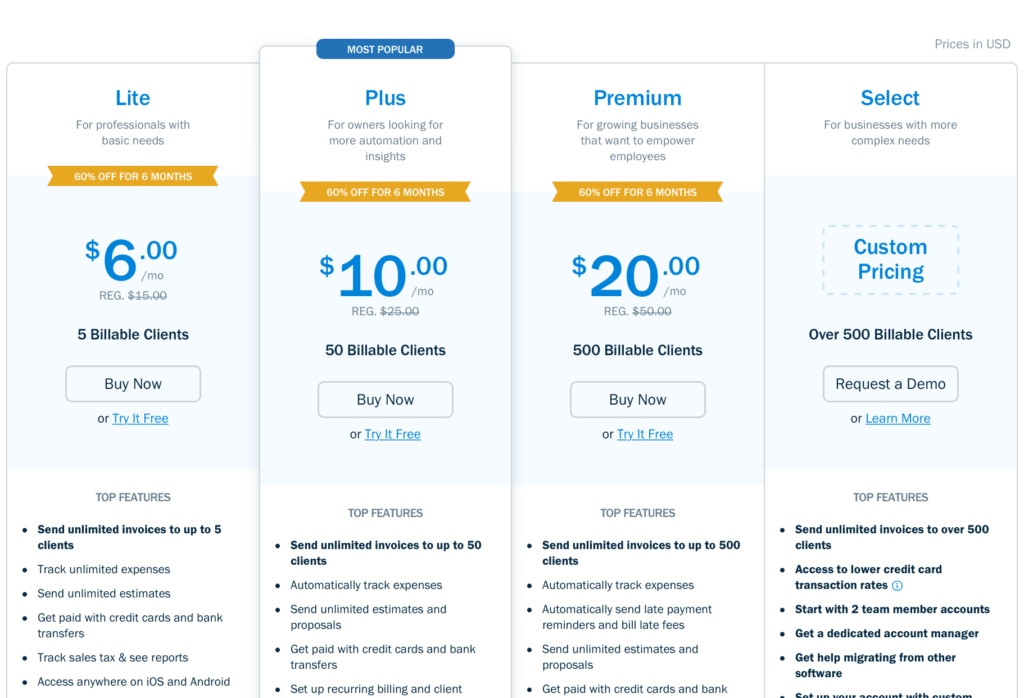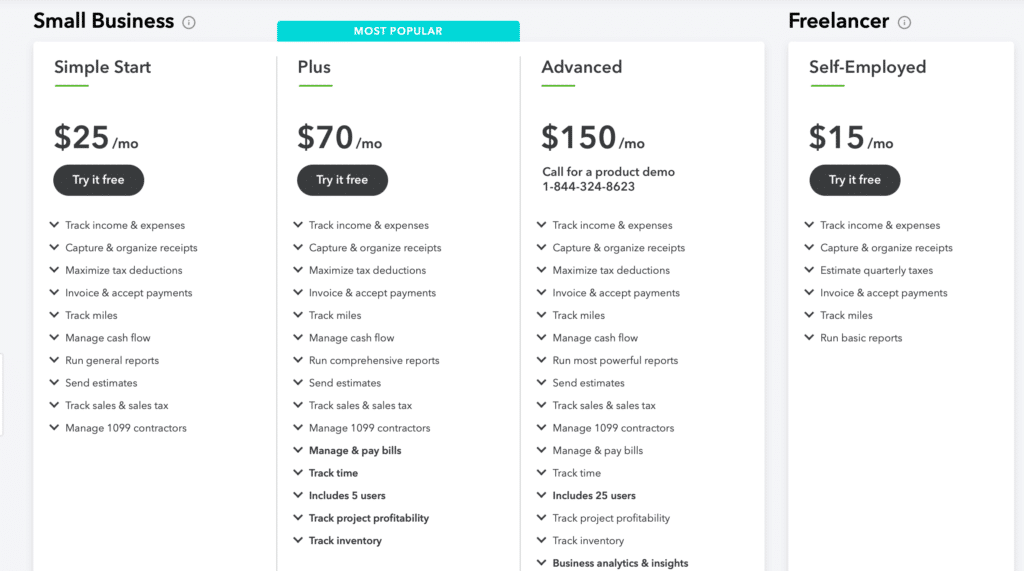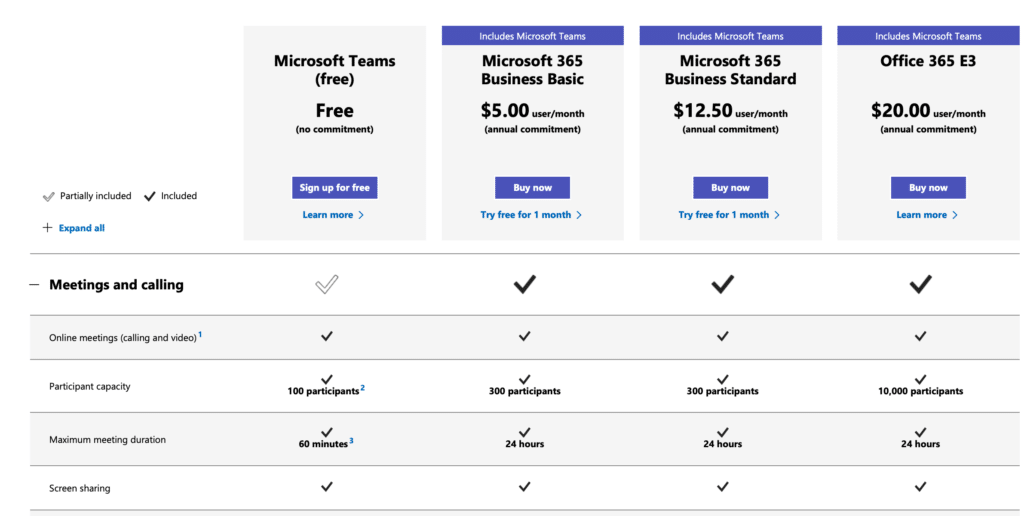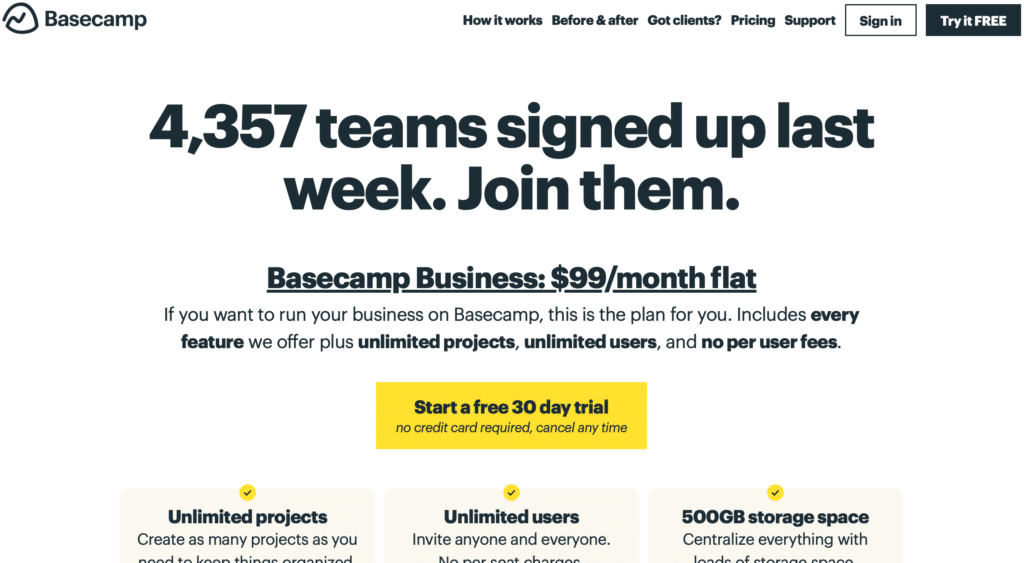

Unkover your competitors’ Marketing Secrets
Say goodbye to wasting hours on competitor analysis by equipping your team with an AI-driven, always-on competitive intelligence platform.


Say goodbye to wasting hours on competitor analysis by equipping your team with an AI-driven, always-on competitive intelligence platform.

Stay Ahead with AI-DRIVEN Competitive Intelligence
Unkover is your AI-driven Competitive Intelligence team delivering critical updates about your competitors the moment they happen:
Track your competitors website changes
Why spend all day stalking the competition when you don’t have to?
With Unkover, you’ll know instantly when your competitors tweak their messaging or shake up their pricing. No more endless scrolling through their sites or second-guessing your strategies.
Let us do the heavy lifting for you, ensuring you’re always in the loop by notifying you the moment a critical change happens on your competitor’s pages.
Sit back, relax, and keep winning—Unkover makes sure you’re not just in the game, you’re always a step ahead.


Read your competitors emails
Companies love updating their customers and prospects about relevant news, product updates, and special offers.
That juicy info from your competitors? It’s yours too. Unkover will automatically capture all their emails and bring them right to your doorstep—accessible to your entire team, anytime.
[COMING SOON: Our fine-tuned AI will sift through these emails, extract key information and send them over to the best team within your org. Less noise, more signal!]
We hear you! Unkover’s goal is not to flood you with tons of data points that no one in your team will ever read. We gather competitive intelligence from thousands of data sources and use AI to highlight actionable information to the right team in your company.
Say goodbye to noise. We’re 100% signal.
ROADMAP
We’re excited to get Unkover in your hands as soon as possible and keep building the best competitive intelligence tool with your precious feedback. The roadmap for the next few months is already exciting, so take a look!
While we build and deliver, here’s our promise to you: as an early tester and customer, you’ll lock in an exclusive bargain price we’ll never offer again in the future.

Spy on your competitors’ full marketing strategy: social, ads, content marketing, email flows, and more.

Track competitive Win/Loss analysis and build battle cards. Get alerted at every pricing change.

Get immediate alerts when competitors announce new features or major releases. Identify strengths and weaknesses from online reviews.

Get the competitive intelligence you need where you need it: Slack, eMail, MS Teams, Salesforce, Hubspot, Pipedrive and more.
slack integration
Unkover’s Slack integration lets you keep your whole team up to speed with your competitors’ updates.

Join now to lock in an exclusive 50% lifetime discount
For startups and small teams, it’s the essential toolkit you need to keep an eye on a select few competitors.

Up to 5 competitors

50 pages monitored

10 email workflows

3-day data refresh
$39
/per month
$ 79
50% discount
Billed annually
For growing businesses, it allows you to monitor more competitors, pages, and email workflows.

Up to 10 competitors

100 pages monitored

20 email workflows

1-day data refresh
$79
/per month
$ 159
50% discount
Billed annually
For large companies, it is tailored to meet the needs of multiple teams needing granular insights.

Custom number of competitors

Custom number of pages monitored

Custom number of email workflows

Hourly data refresh
Custom price
Billed annually

When you’re creating any kind of SaaS product, it’s a long and complicated process. Figuring out the tech alone seems like the biggest challenge you’ll have to face, but then you have to tackle the business side and there are a whole new list of decisions to make.
One of the biggest decisions you’ll need to make? Your SaaS tool’s pricing plans.
Pricing is one thing that you literally and metaphorically cannot afford to get wrong, so you’ll want to be diligent and strategic when making a decision.
In this post, we’re going to go over a solid SaaS pricing strategy and how to execute it step by step so that you can have a strong profit margin while still being competitive.
Pricing is a crucial part of any business, and SaaS businesses are no different. Even though you don’t have a physical product that requires shipping, there’s still plenty of overhead to cover, including paying your techs and all the other costs associated with running a business.
This is why your pricing strategy is so important.
If you undercharge or overcharge your SaaS products by too wide of a margin, it can be the kiss of death.
You need to find the goldilocks of pricing, where your customers feel like they’re getting a great value (especially compared to the competition) and you’re making a solid profit now and as you scale up in the future if that’s in the plans.
It’s not uncommon to see SaaS companies choose one out of several SaaS pricing strategies, going off of a set metrics and sticking with it for years without ever revisiting.
We strongly recommend taking multiple factors into consideration, however, combining several SaaS pricing strategies into a single ulta-powerful one.
Let’s go step by step through the process of how to find a strong price point.
A good baseline to consider when you first start considering pricing is to look at what your competition is doing.
How much do they charge? What pricing models do they use? And how do you believe that you rank up to them?
One brand might charge $4 per month while another charged $60 per month for their base pricing, and in most cases, you’d expect that the $60 intro package would have some distinct advantages over the $4 per month option.
Here’s an example with invoicing SaaS software. Freshbooks‘ entry level plan is $6 per month.

Quickbooks‘ lowest price plan is $15.

That’s a bit of a range, and it largely comes down to Quickbooks having a more well-known name.
Keep in mind that advantages over your competition can include a better interface, new features, or even improved customer service. All of these are essential factors that customers are looking for.
You should never set your pricing before you understand what costs are involved to run your business, both now and as they’re projected to grow in the future.
You want to look at all costs, including the following:
Remember that your costs will likely increase in the future as your client base grows (a two-person team, for example, doesn’t need HR, but a 50-person team will), so you want to keep that in mind, and you want to ensure that you’re making a healthy profit margin and not just breaking even.
Before you set a price, you need to know exactly what you’re charging for.
Some brands will charge based on usage, for example, and others charge for features. Let’s take a look at the different pricing models.
Some tools require different accounts for each unique team member using it, so the platform will charge per user. Slack is a great example, and while higher cost-per-user plans do unlock new features, you’re paying for the number of users on each account.

Other examples might include CRM tools where each salesperson needs their own unique account to track, or even social media management software. Per-user pricing can be helpful, but it can limit your growth if it’s the only factor; it works best when combined with feature-based tiered pricing, too.
Plenty of virtual business phone lines offer usage-based pricing, where you pay more the more you use the platform. Every minute costs a certain amount.
Usage-based models can be tricky, because customers aren’t always the biggest fan; it’s difficult for them to track, and no one wants a surprise bill at the end of the month. This can also be unpredictable for businesses, as a business’s needs may fluctuate and that can impact your business’s profit. Still, customers are only paying for what they use, which can be an advantage.
Most SaaS tools that you see will offer tiered pricing because it’s easy to scale while keeping your tools accessible to a wide audience. Each plan can be created with a targeted buyer persona in mind, and you have the option to create custom pricing for enterprise-grade clients; this is an enormous asset when you’re working with account-based marketing strategies.
Here’s a great example from Microsoft Teams. Higher-cost plans grant more features and higher-usage than the plans below them. The free plan, for example, grants only 100 participants, while the $5 per user per month plan offers 300, and the $20 per user per month plan allows up to 10,000.

Flat-rate pricing models aren’t overwhelmingly common in the SaaS world, but they do exist. There’s one plan, and one list of features, and you can access it all for one flat fee every month; you can take it or leave it.
Basecamp is one of those rare companies that uses flat-rate pricing; it’s $99 per month, no matter how many users you’re adding or how often you’re using it.

While this is easy to keep track of, it doesn’t open up the opportunity to charge more for added value and it may cut out segments of your audience who may have needed lower-cost plans for fewer features or usage options.
One thing that you’ll notice with a large number of SaaS products is that they have per-month pricing and per-year pricing. If you pay per year (or even for three or four months at a time), you can get a substantial discount ranging from 10-20% off.
Keep in mind that for SaaS products, retention is key to business growth and revenue growth even more than increasing your pricing. Building and keeping your userbase is everything. This acts like a loyalty discount, which your clients will love, but it also locks them in for a full year. They’ll get used to the tool, and they’ll likely stick with you, as opposed to trying it for a month or two and having the option to cancel at any time.
Annual or bulk subscriptions work for many businesses, so consider implementing it for your brand; just make sure you’re at a solid profit margin on the discounted price and work your way up from there.
Once you’ve conducted all this research and taken time to think about what will work for your business, it’s time to put all the puzzle pieces together.
Let’s look at a hypothetical example and say I’m trying to sell content editing software.
My imaginary competitors charge a range of $10 per month to $99 per month.
I know that my monthly costs are $4000 right now, and that can serve 200 customers, meaning I need to charge a minimum of $20 a month to break even.
I opt for tiered pricing, with my baseline package being $25 a month after a one month free trial if you purchase 3 months at once, and my full-access plan being $50 a month. I make this decision because my baseline package offers substantially more features than the competitor’s $10 a month plan, which is on a free site while I offer a browser extension that’s easier to use.
I’m competitively priced based on the market, features, and value. I’m using a pricing model that allows me to capture higher-value customers and baseline-level customers so I can grow faster.
SaaS pricing strategies (and the pricing itself!) should never be rushed decisions that are hastily made. It will impact how you stand out in the market, and it can absolutely impact customer purchases and retention rates. It is something you’ll have to decide early on, especially if you want to ask for funding and need to provide a comprehensive business plan.
Remember that you can change your pricing overtime, even if you choose to grandfather existing customers into old plans. As your business grows, your pricing models can change, and it’s important to ensure that you’re always profitable. Don’t let your pricing run out of business, even if the competition charges less.
Interested in finding and connecting with the right clients? Sign up for Breadcrumbs for free here.
After reading about SaaS pricing Models this was a fantastic refresher on how I could go about implementing them. Very valuable to follow along as breadcrumbs keeps on topic as we learn along the way. Now I feel like I understand SaaS pricing models a lot better than I did before this focus.
I’ve read countless articles on SaaS pricing models but this was the most coherent and simplistic. Kudos to the writer!
Typos
– a bunch of typos distract from the otherwise good level of professionalism in the piece
Brand & value focus?
– I think anchoring against costs and competitors makes sense in highly competitive, mature markets where price / performance are the main factors.
I think the article could benefit from a discussion on brand-driven, customer value-based pricing (what value do customers feel they get?) which can radically change what you charge particularly if you identify a niche market where your feature differentiators make your product a slam dunk even if its twice the price of competitors.
Same for the value teams get. It’s one thing to have a team price, but I think it’s worth talking about the value teams get out of it. Sometimes it’s just “more people doing the same thing” but others have network effects and the value vastly increases. Take Figma: it’s free for individual users and pricing comes in for teams because they realise that most documents are shared so making it free gives people strong hands-on experience using the tool, and a very strong, defensible path to really great revenue streams for collaboration.
Thanks for the feedback Julian! Damn I’ll find those typos right away, thanks for pointing that out and for the other great ideas, I’ll try to get them incorporated as soon as possible!